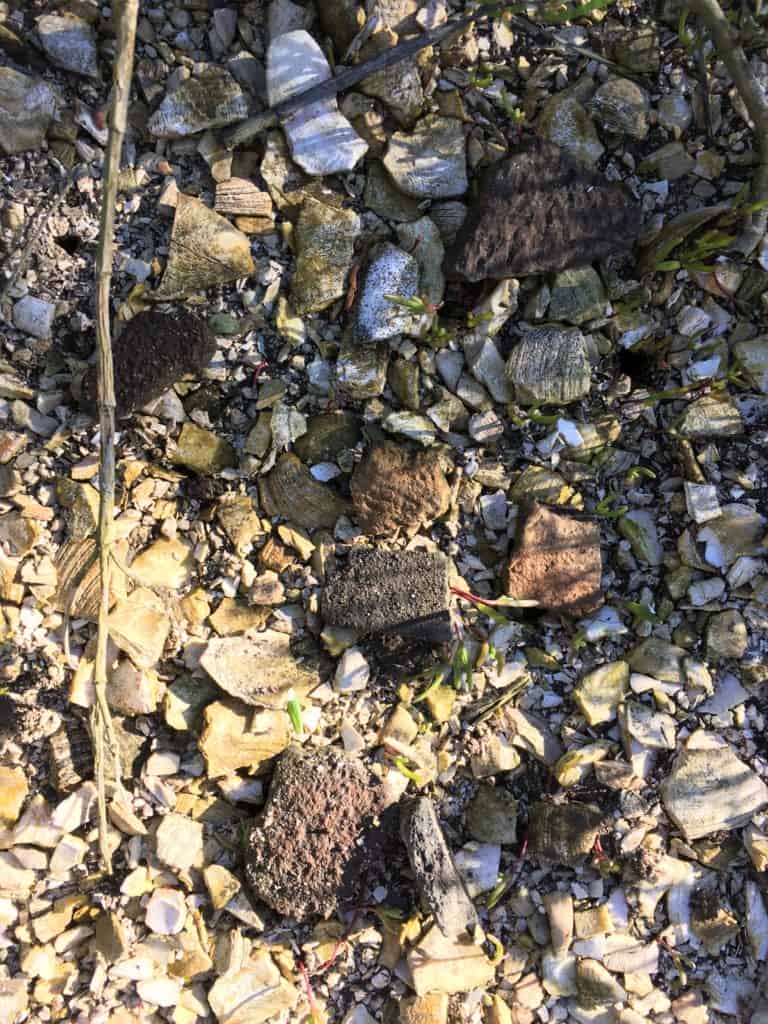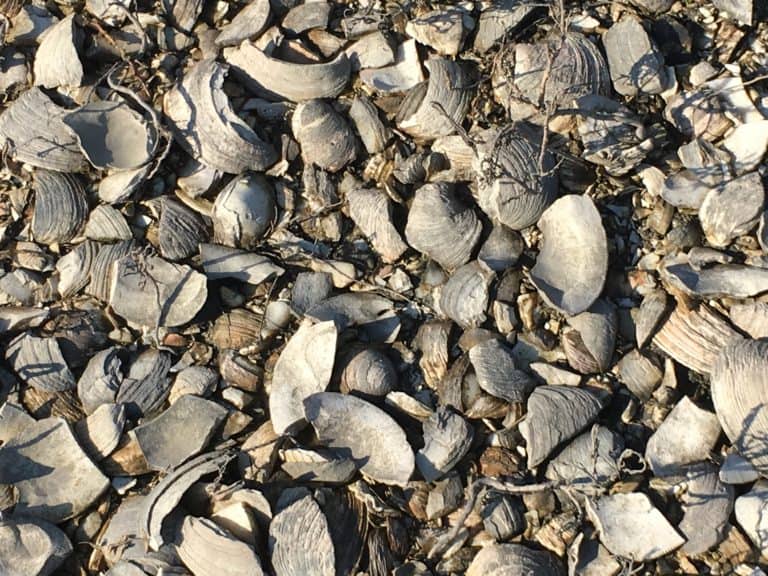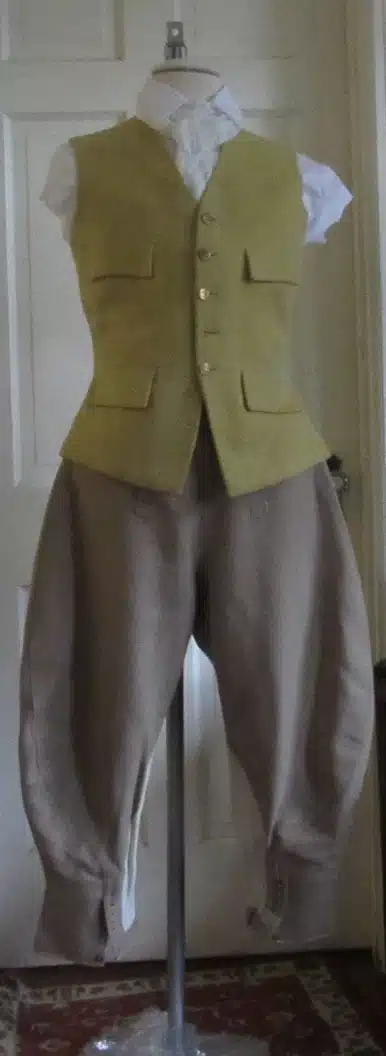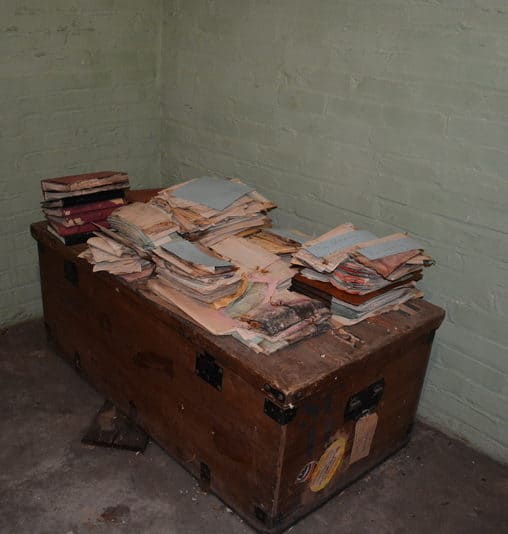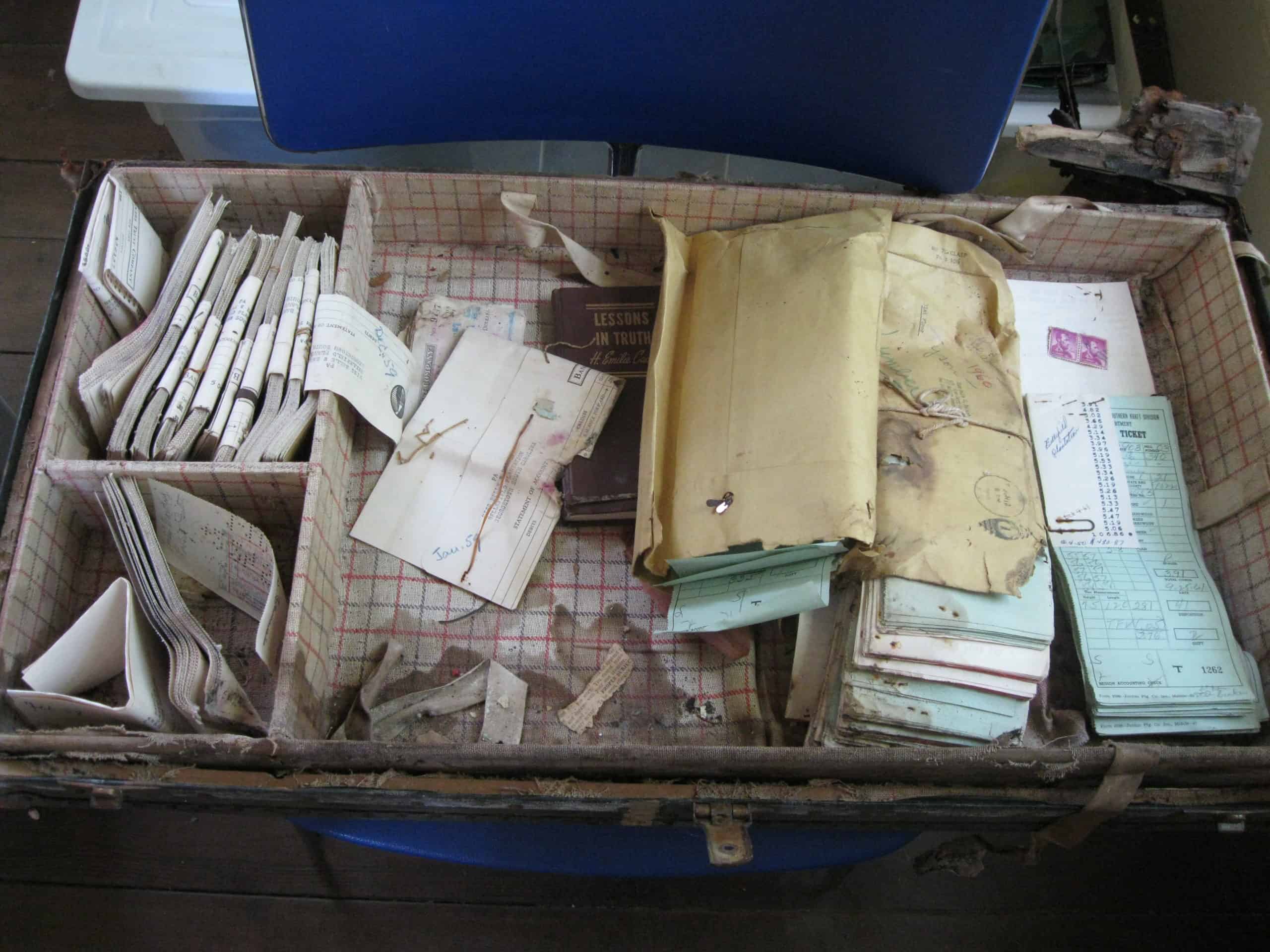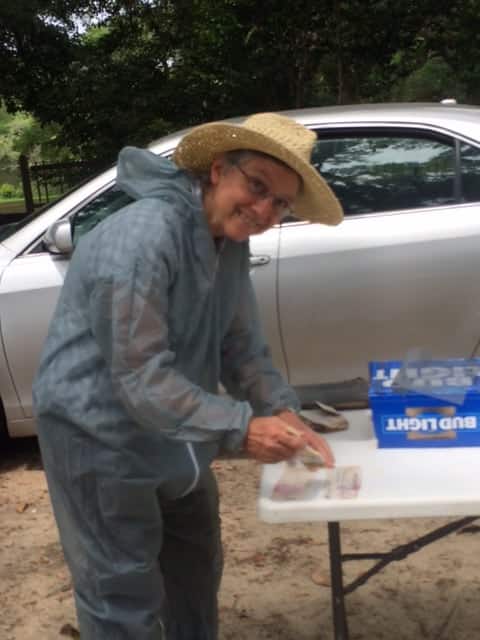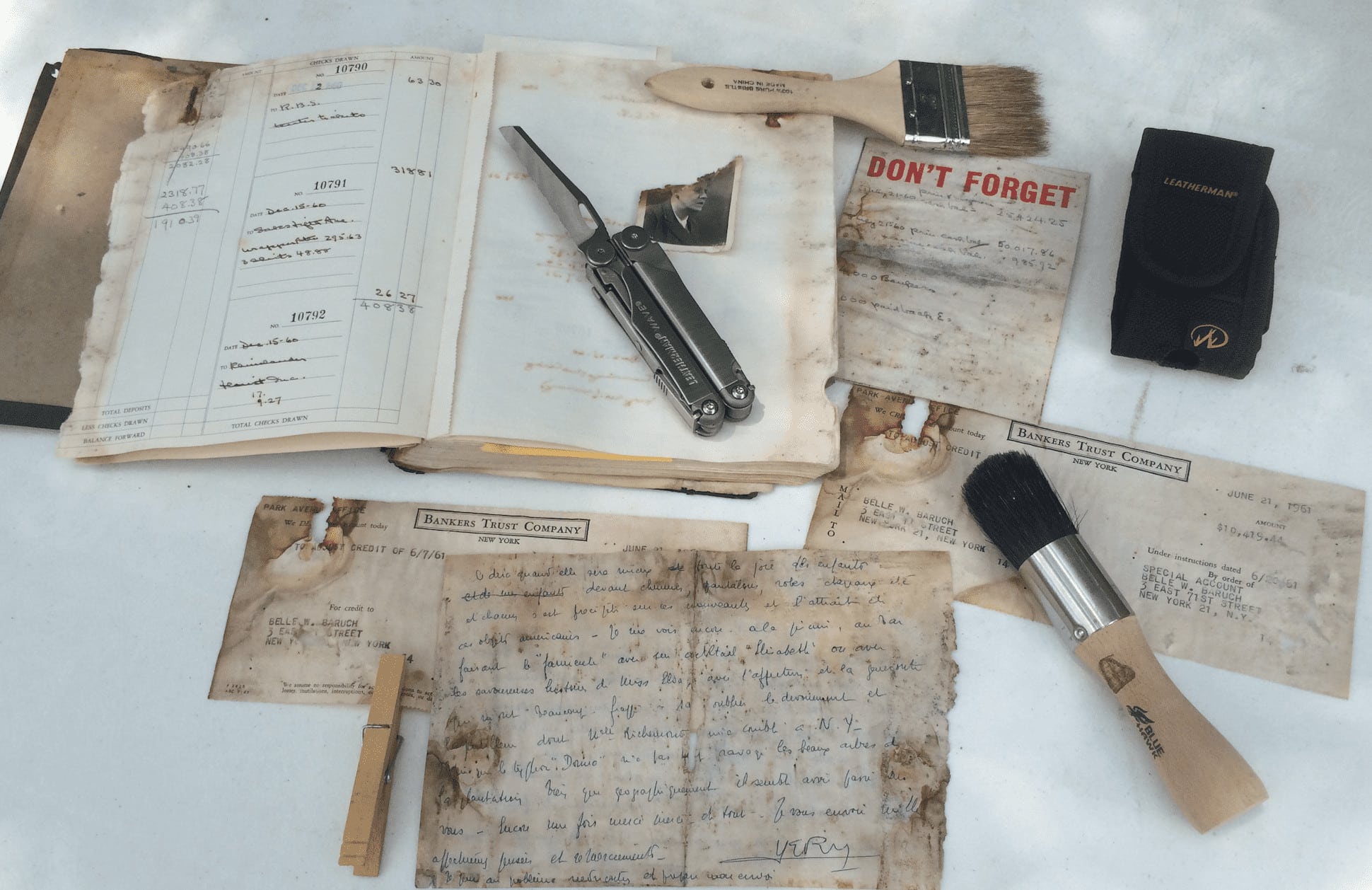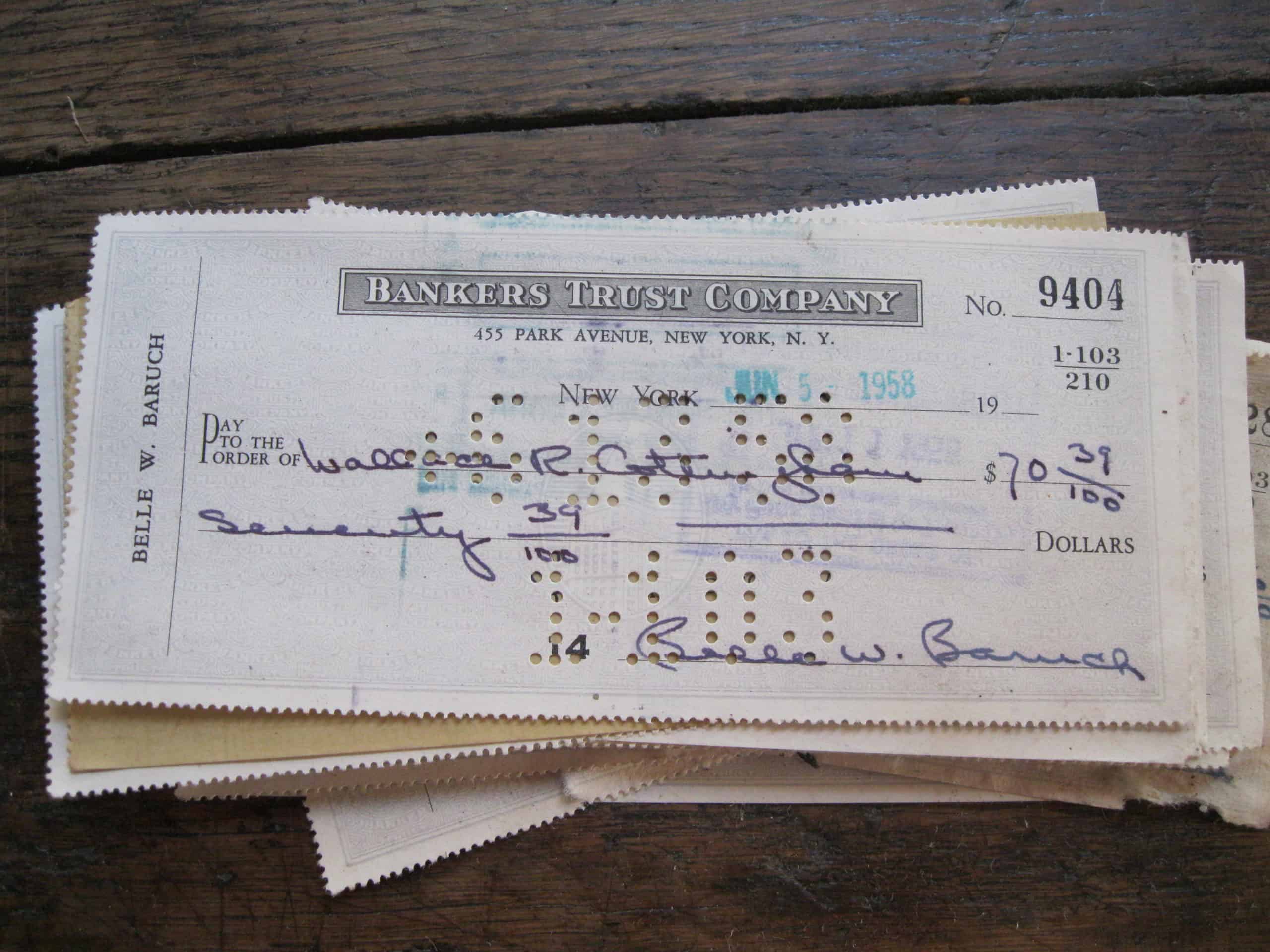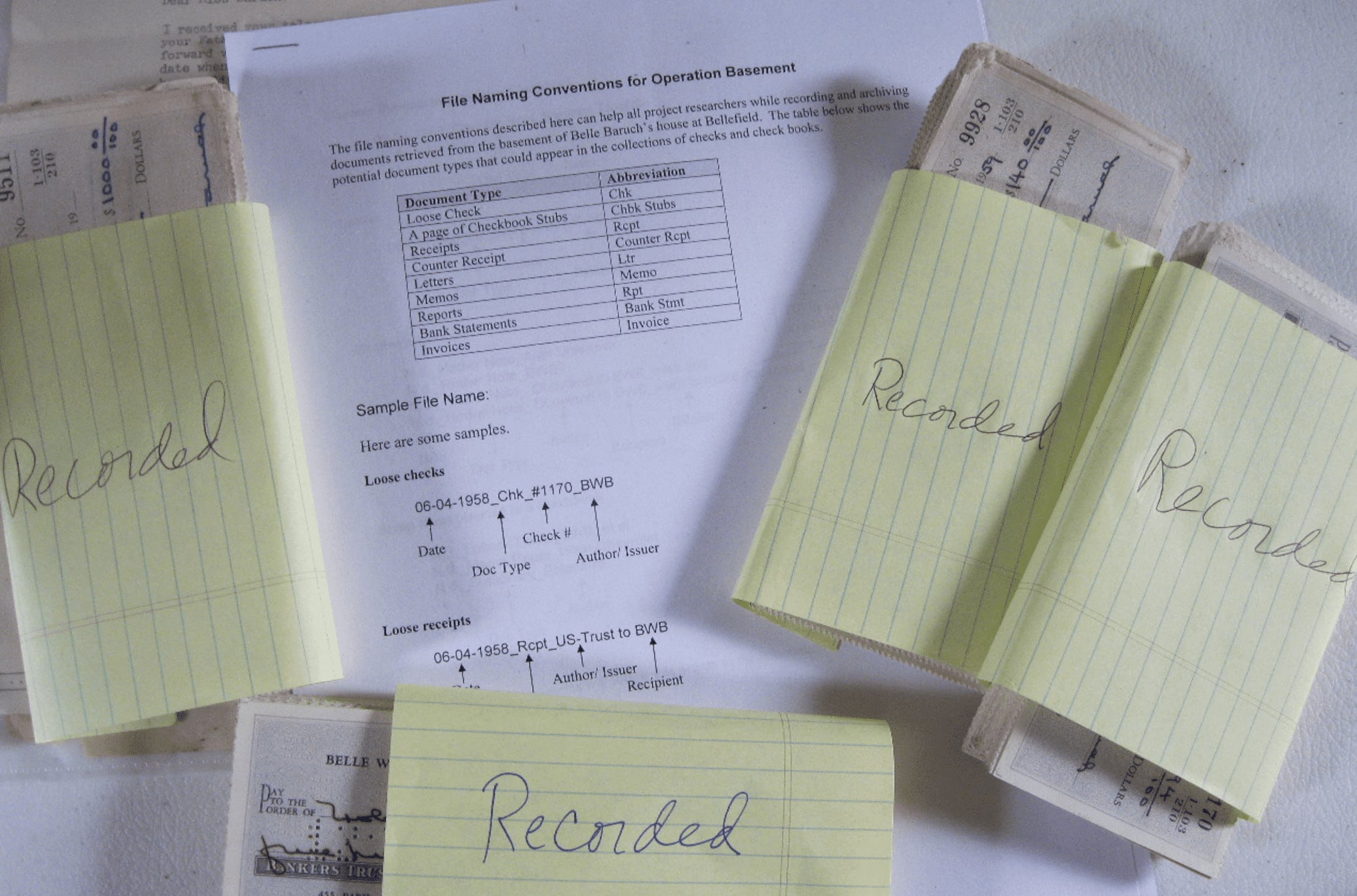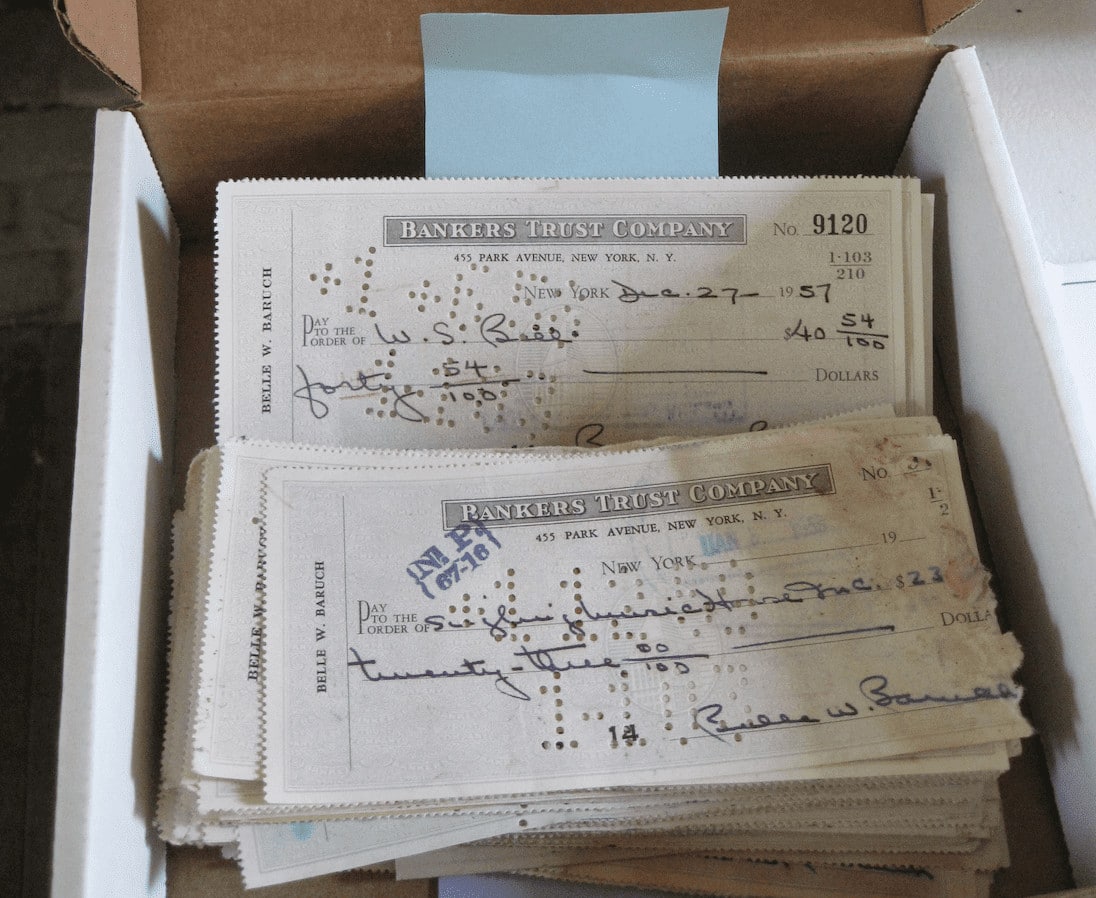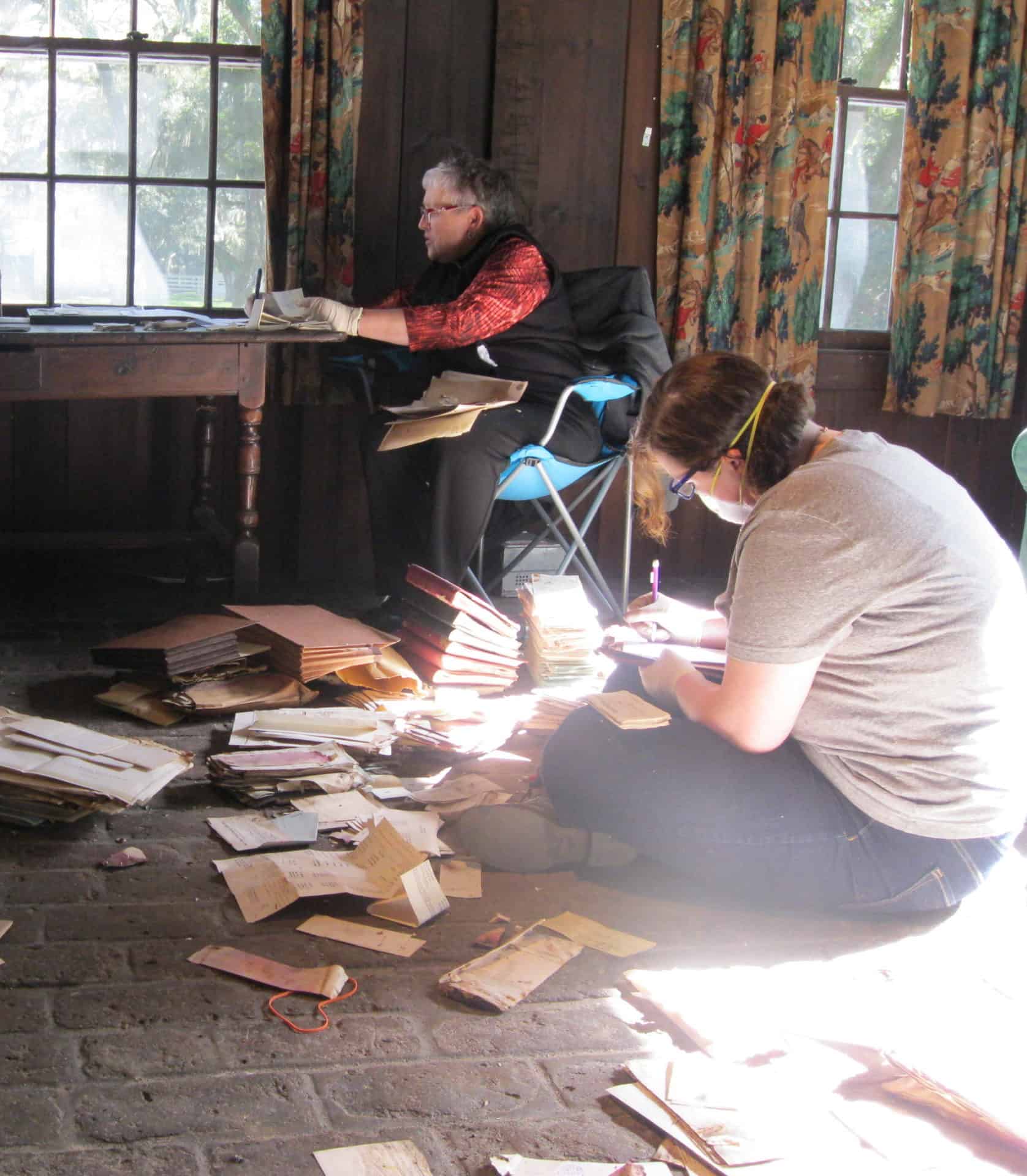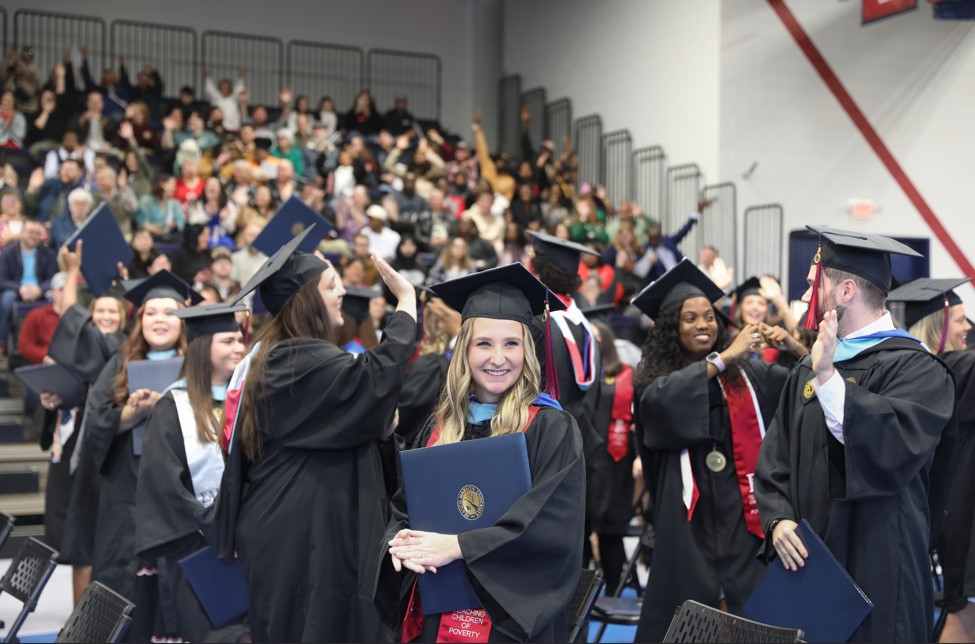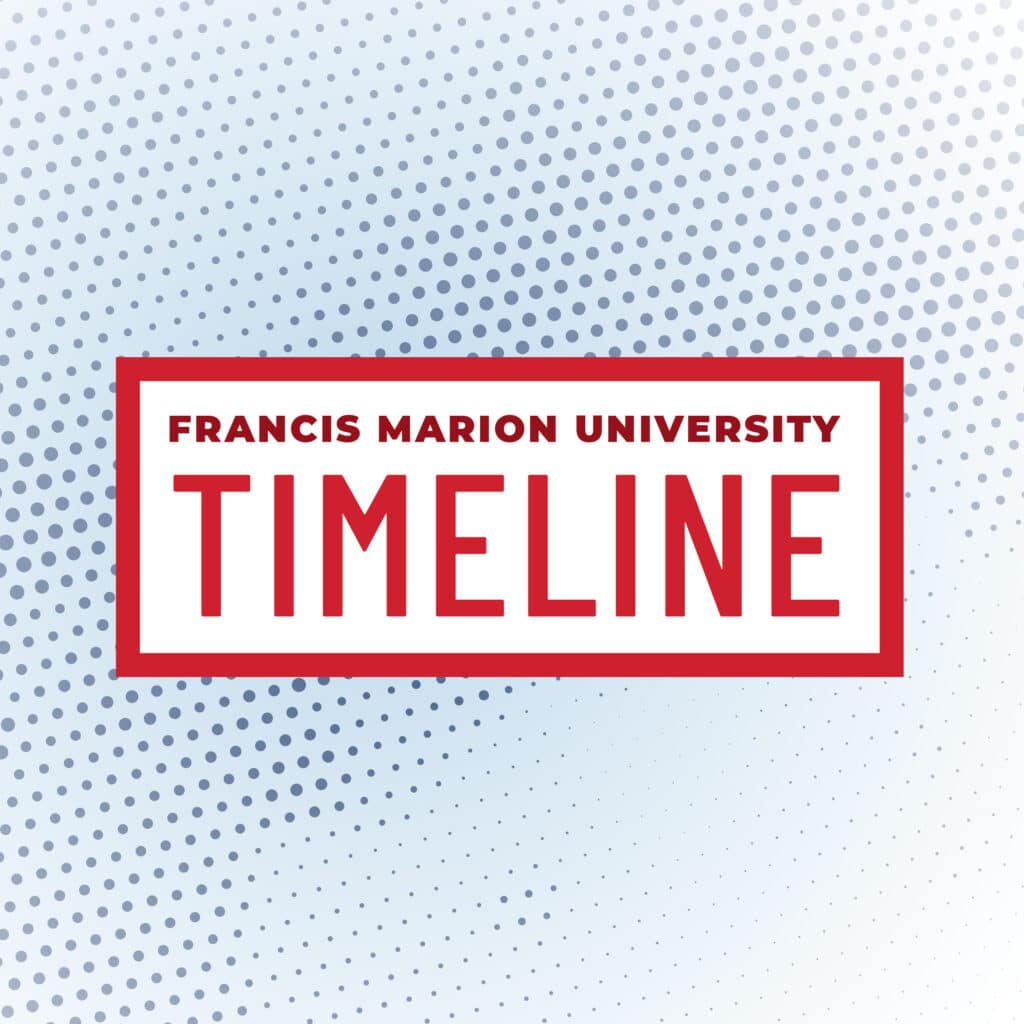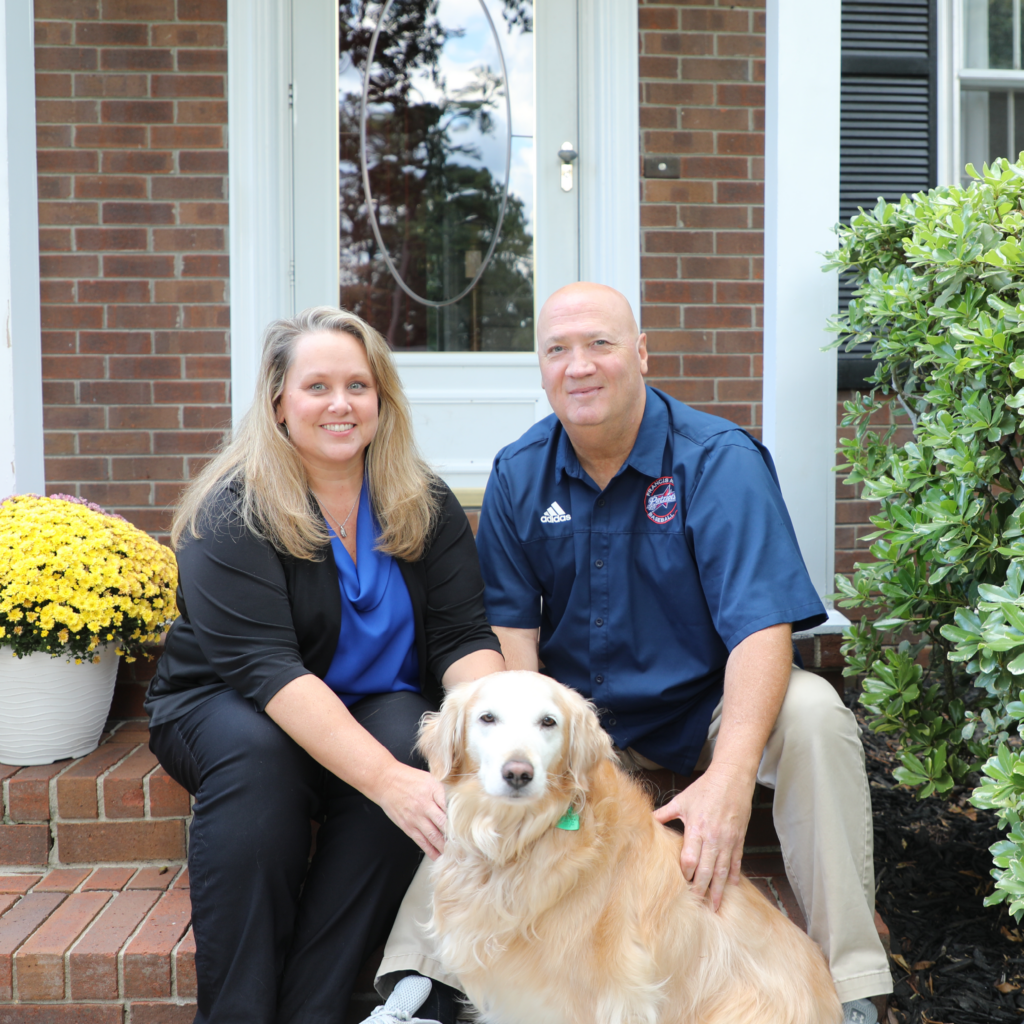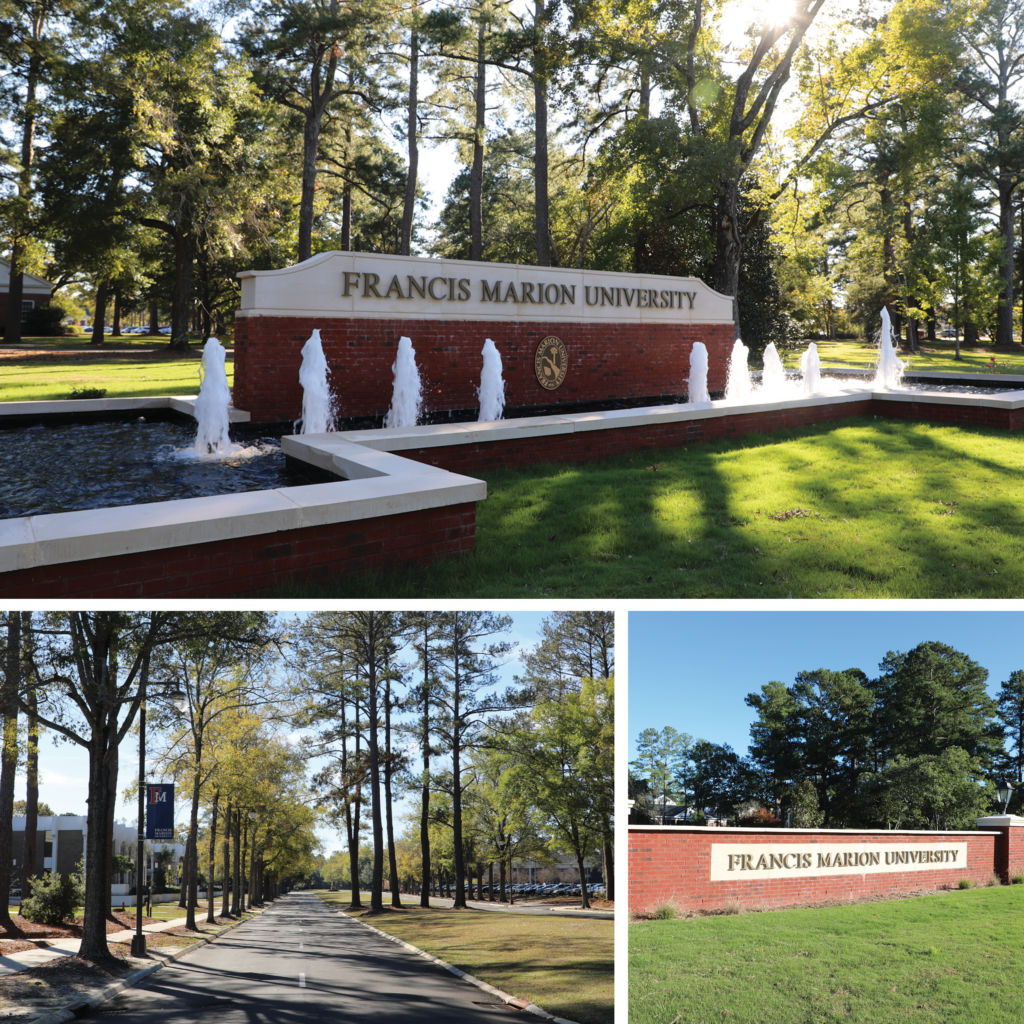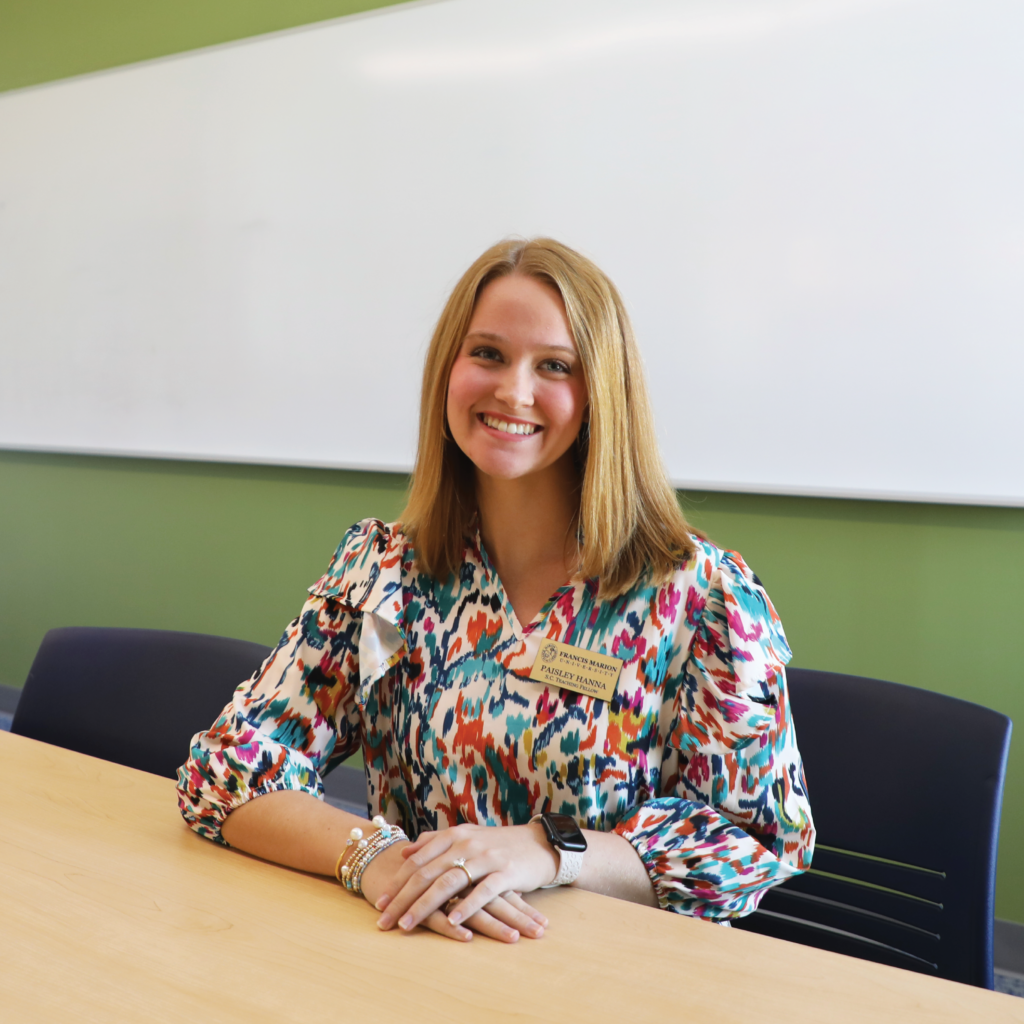Current Projects
The Belle Baruch Institute for South Carolina Studies is home to an array of exciting projects. Through conservation and preservation of artifacts, as well as other ongoing research efforts, scholars are examining the significance of the Baruchs, and the individuals and families who lived and worked on this unique property, on coastal South Carolina, the state, and the nation. Faculty and student research projects in the humanities, arts, and social and behavioral sciences will advance awareness of the legacy of Hobcaw Barony through public presentations and publications.
Since Fall 2022, a team of faculty, including Steven Sims, Lynn Hanson, Adam Houle, and Richard Almeida have been engaged in research on the history of enslaved communities at Hobcaw Barony. In collaboration with faculty and students from Coastal Carolina, and donor, Greg Garvan, the team has identified the names of hundreds of enslaved individuals who lived and worked on the plantations that would become Hobcaw Barony. With support from the Georgetown County Library, the Baruch Foundation, and the University of South Carolina’s Baruch Institute for Marine and Coastal Sciences, the team has been presenting their findings and developing a paper for publication.
In February 2023, the team presented the initial results at the Universities Studying Slavery (USS) Symposium at FMU.
In February 2024, the team presented their ongoing work at a rededication ceremony for Friendfield Church on Hobcaw Barony.
An event showcasing the results of the research team’s work will occur at Hobcaw Barony’s Kimbel Lodge on April 16, 2024. For more information, see the News and Events page on the Coastal Carolina BISCS page.
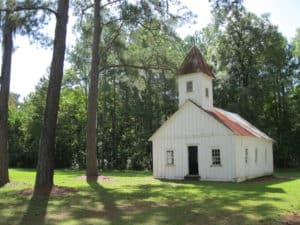
In 2023, FMU’s David White (Political Science) was awarded the Harry M Lightsey Fellowship by the Baruch Foundation at Hobcaw Barony. Dr. White’s Fellowship is working to reconstruct visits to Hobcaw Barony by important figures, like Winston Churchill and FDR.
In 2022, Jerel Dawkins, a sophmore in mechanical engineering conducted a project with Dr. Rahul Renu to use 3-D printing to reproduce some of Belle Baruch’s equestrian medals. Read more about the project here.
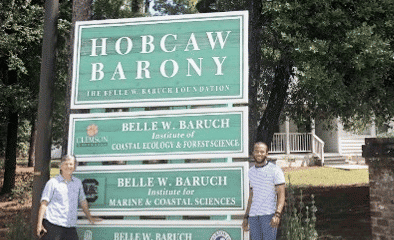
Dr. Carolyn Dillian from Coastal Carolina University is researching the way in which rising sea levels and frequent and severe storm events resulting from climate change are impacting archaeological sites at Hobcaw Barony. The shell middens visible at Hobcaw are evidence of Prehistoric Native American people, who are the ancestors of the modern Waccamaw Indian People. The shell middens show that they harvested shellfish in this area, including oysters and clams. However, rising sea levels and frequent storms are actively eroding the middens. Dr. Dillian’s research, in collaboration with students, documents this erosion and will be used to create mitigation plans for saving this important record of Georgetown County’s prehistoric past.
Professor Allison Steadman teamed with textile conservator Colleen Callahan to study Belle Baruch’s equestrian riding attire, removed from storage in her home’s basement. Callahan conserved some of Ms. Baruch’s original garments and Steadman created patterns and reproductions that were subsequently displayed in a 2018 exhibit and a 2020 research symposium.
Beginning in 2016, Dr. Lynn Hanson and her students cleaned and archived a cache of documents retrieved from Belle Baruch’s basement. Their initial focus was on a collection of financial records, mostly cancelled checks and checkbooks.
After cleaning and recording these documents, the Institute now has a dataset of Belle Baruch’s financial transactions between 1940 and 1961. The archived original documents include over 6,100 check stubs in 26 checkbooks and over 1,000 cancelled checks. These checks show Belle Baruch’s numerous contributions to the community and organizations, dedication to work and responsibility, as well as her playfulness and adventurous spirit. Most of all, the collection of checks is an insight into Belle’s extraordinary life.
You can open the Excel dataset of Belle Baruch’s checks to view details, search, and sort the worksheet of checkbooks and the worksheet of cancelled checks. See also these Acknowledgements.
To cite information derived from this data, please use this source citation information:
Hanson, Lynn. “Belle W. Baruch’s Personal Checks, 1940-1961.” [Electronic Record] Details of Personal Checks and Check Stubs, 1940-1961. Francis Marion University.

